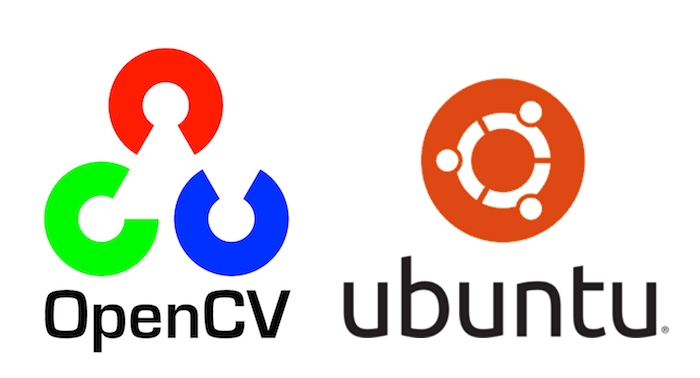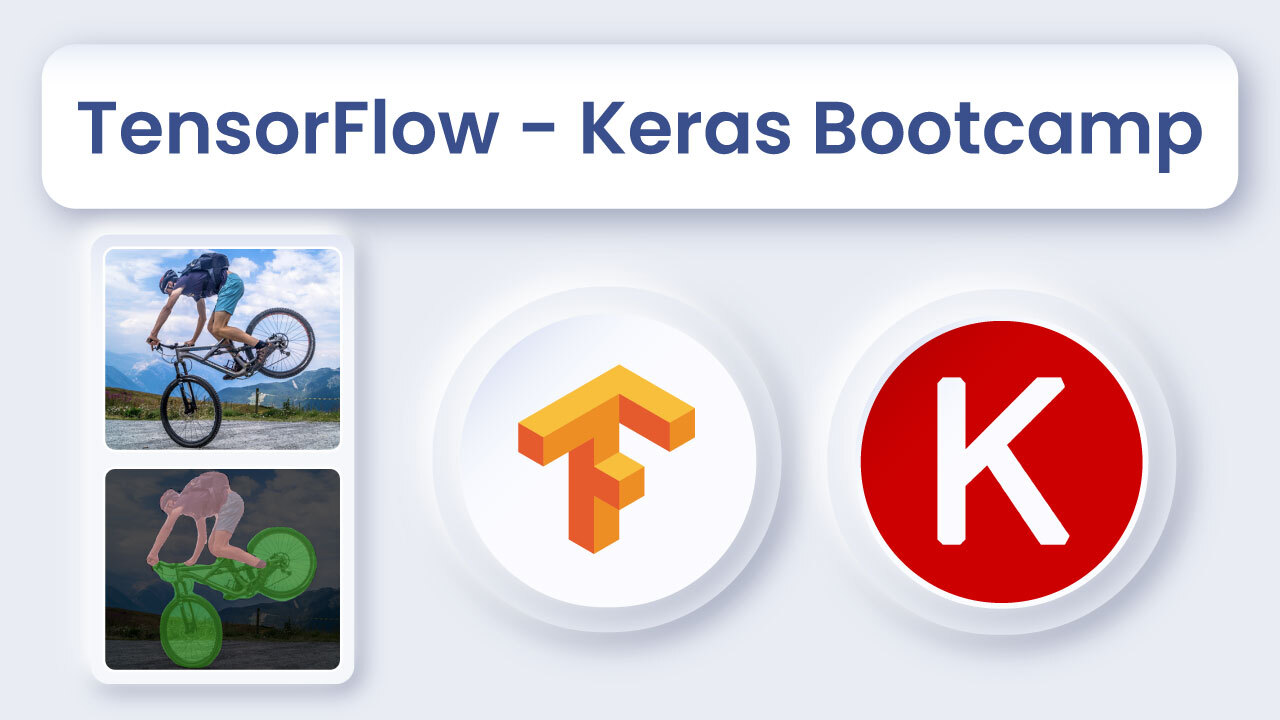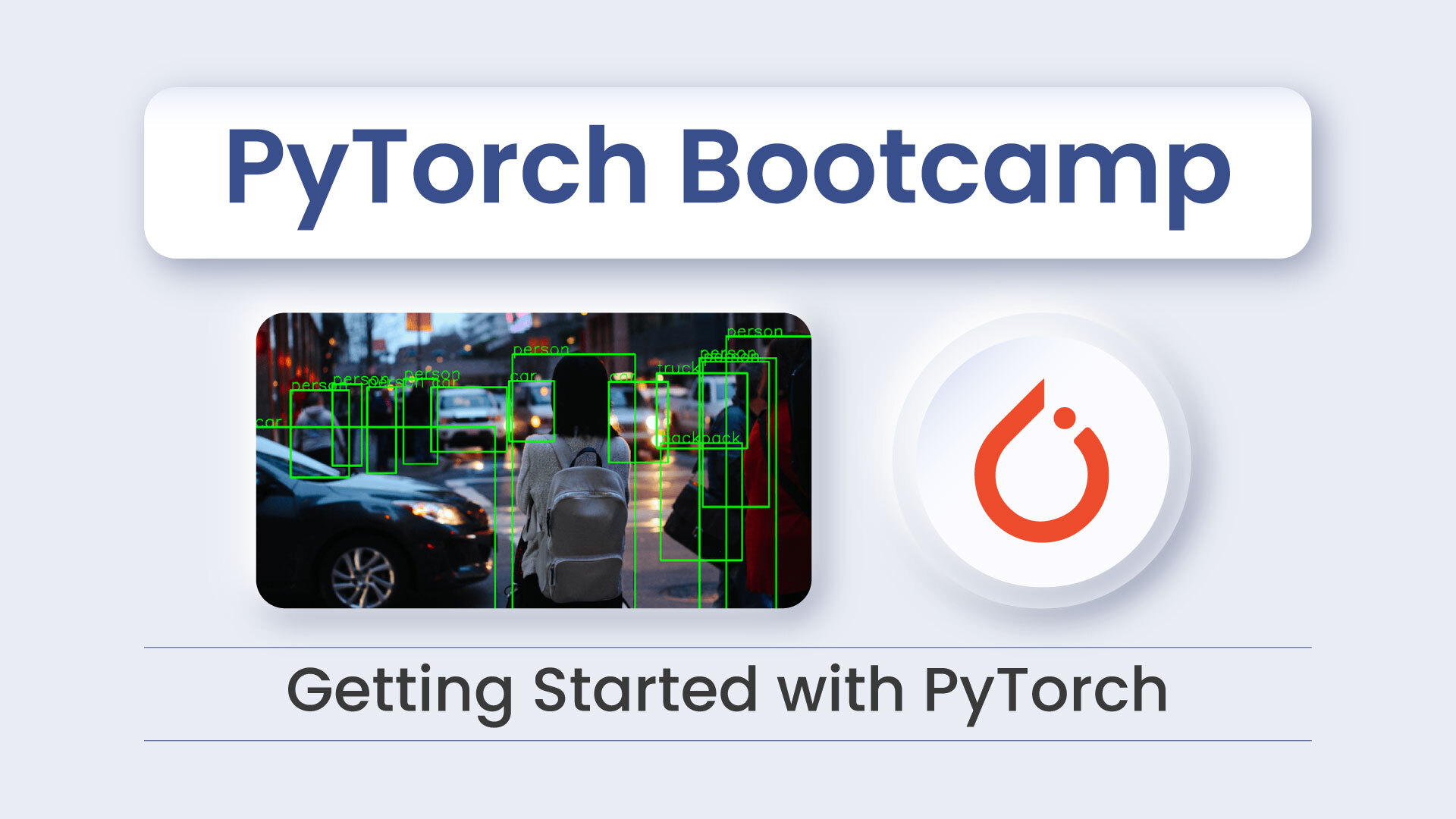OpenCV released OpenCV-3.4.4 and OpenCV-4.0.0 on 20th November. There have been a lot of bug fixes and other changes in these versions. The release highlights are as follows:
- OpenCV is now C++11 library and requires C++11-compliant compiler. Minimum required CMake version has been raised to 3.5.1.
- A lot of C API from OpenCV 1.x has been removed.
- Persistence (storing and loading structured data to/from XML, YAML or JSON) in the core module has been completely reimplemented in C++ and lost the C API as well.
- New module G-API has been added, it acts as an engine for very efficient graph-based image procesing pipelines.
- dnn module now includes experimental Vulkan backend and supports networks in ONNX format.
- The popular Kinect Fusion algorithm has been implemented and optimized for CPU and GPU (OpenCL)
QR code detector and decoder have been added to the objdetect module. - Very efficient and yet high-quality DIS dense optical flow algorithm has been moved from opencv_contrib to the video module.
In this post, we will provide a bash script for installing OpenCV-4.0 (C++ and Python 3.5) on Ubuntu 16.04. We will also briefly study the script to understand what’s going in it. Note that this script will install OpenCV in a local directory and not on the entire system.
1. Install OpenCV 4.0
Step 0: Select OpenCV version to install
echo "OpenCV installation by learnOpenCV.com"
# Define OpenCV version to install
cvVersion="master"
We are also going to clean build directories and create installation directory.
# Clean build directories
rm -rf opencv/build
rm -rf opencv_contrib/build
# Create directory for installation
mkdir installation
mkdir installation/OpenCV-"$cvVersion"
Finally, we will be storing the current working directory in cwd variable. We are also going to refer to this directory as OpenCV_Home_Dir throughout this post.
# Save current working directory
cwd=$(pwd)
Step 1: Update Packages
sudo apt -y update
sudo apt -y upgrade
Step 2: Install OS Libraries
sudo apt -y remove x264 libx264-dev
## Install dependencies
sudo apt -y install build-essential checkinstall cmake pkg-config yasm
sudo apt -y install git gfortran
sudo apt -y install libjpeg8-dev libjasper-dev libpng12-dev
sudo apt -y install libtiff5-dev
sudo apt -y install libtiff-dev
sudo apt -y install libavcodec-dev libavformat-dev libswscale-dev libdc1394-22-dev
sudo apt -y install libxine2-dev libv4l-dev
cd /usr/include/linux
sudo ln -s -f ../libv4l1-videodev.h videodev.h
cd $cwd
sudo apt -y install libgstreamer0.10-dev libgstreamer-plugins-base0.10-dev
sudo apt -y install libgtk2.0-dev libtbb-dev qt5-default
sudo apt -y install libatlas-base-dev
sudo apt -y install libfaac-dev libmp3lame-dev libtheora-dev
sudo apt -y install libvorbis-dev libxvidcore-dev
sudo apt -y install libopencore-amrnb-dev libopencore-amrwb-dev
sudo apt -y install libavresample-dev
sudo apt -y install x264 v4l-utils
# Optional dependencies
sudo apt -y install libprotobuf-dev protobuf-compiler
sudo apt -y install libgoogle-glog-dev libgflags-dev
sudo apt -y install libgphoto2-dev libeigen3-dev libhdf5-dev doxygen
Step 3: Install Python Libraries
sudo apt -y install python3-dev python3-pip
sudo -H pip3 install -U pip numpy
sudo apt -y install python3-testresources
We are also going to install virtualenv and virtualenvwrapper modules to create Python virtual environments.
cd $cwd
############ For Python 3 ############
# create virtual environment
python3 -m venv OpenCV-"$cvVersion"-py3
echo "# Virtual Environment Wrapper" >> ~/.bashrc
echo "alias workoncv-$cvVersion=\"source $cwd/OpenCV-$cvVersion-py3/bin/activate\"" >> ~/.bashrc
source "$cwd"/OpenCV-"$cvVersion"-py3/bin/activate
# now install python libraries within this virtual environment
pip install wheel numpy scipy matplotlib scikit-image scikit-learn ipython dlib
# quit virtual environment
deactivate
Step 4: Download opencv and opencv_contrib
git clone https://github.com/opencv/opencv.git
cd opencv
git checkout $cvVersion
cd ..
git clone https://github.com/opencv/opencv_contrib.git
cd opencv_contrib
git checkout $cvVersion
cd ..
Step 5: Compile and install OpenCV with contrib modules
First we navigate to the build directory.
cd opencv
mkdir build
cd build
Next, we start the compilation and installation process.
cmake -D CMAKE_BUILD_TYPE=RELEASE \
-D CMAKE_INSTALL_PREFIX=$cwd/installation/OpenCV-"$cvVersion" \
-D INSTALL_C_EXAMPLES=ON \
-D INSTALL_PYTHON_EXAMPLES=ON \
-D WITH_TBB=ON \
-D WITH_V4L=ON \
-D OPENCV_PYTHON3_INSTALL_PATH=$cwd/OpenCV-$cvVersion-py3/lib/python3.5/site-packages \
-D WITH_QT=ON \
-D WITH_OPENGL=ON \
-D OPENCV_EXTRA_MODULES_PATH=../../opencv_contrib/modules \
-D BUILD_EXAMPLES=ON ..
make -j4
make install
2. How to use OpenCV in C++
Using CMakeLists.txt
The basic structure of your CMakeLists.txt will be as follows:
cmake_minimum_required(VERSION 3.1)
# Enable C++11
set(CMAKE_CXX_STANDARD 11)
set(CMAKE_CXX_STANDARD_REQUIRED TRUE)
You will have to set OpenCV_DIR as shown below.
SET(OpenCV_DIR <OpenCV_Home_Dir>/installation/OpenCV-master/lib/cmake/opencv4)
Make sure that you replace OpenCV_Home_Dir with correct path. For example, in my case:
SET(OpenCV_DIR /home/hp/OpenCV_installation/installation/OpenCV-master/lib/cmake/opencv4)
Once you have made your CMakeLists.txt, follow the steps given below.
mkdir build && cd build
cmake ..
cmake --build . --config Release
This will generate your executable file in build directory.
3. How to use OpenCV in Python
To use the OpenCV version installed using Python script, first we activate the correct Python Virtual Environment.
For OpenCV-4 : Python 3
workon OpenCV-master-py3
Once you have activated the virtual environment, you can enter Python shell and test OpenCV version.
ipython
import cv2
print(cv2.__version__)
Hope this script proves to be useful for you :). Stay tuned for more interesting stuff. In case of any queries, feel free to comment below and we will get back to you as soon as possible.





